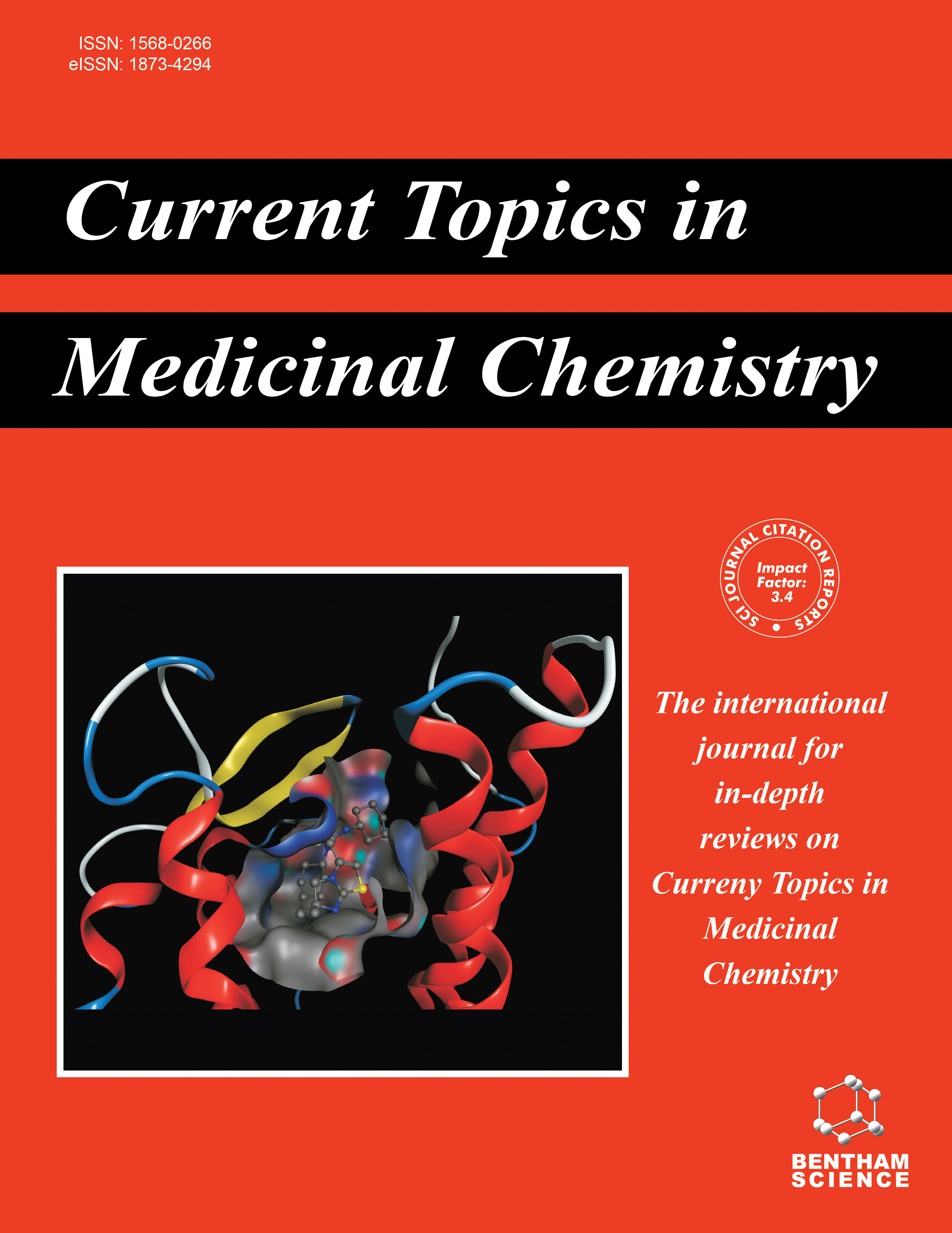
Full text loading...

Changes in the body's natural glucose levels have been associated with the onset of diabetes mellitus. It is frequently accompanied by a number of long-term consequences, including cardiovascular disease, retinopathy, nephropathy, and cataracts. Aldose reductase (AR), an enzyme belonging to the aldoketo reductase superfamily, plays a crucial role in the polyol pathway of glucose metabolism by converting glucose into sorbitol. Aldose reductase inhibitors (ARIs), a key target for reducing sorbitol flow through the polyol pathway, may be a new target for treating significant diabetic complications. A variety of structural classes of ARIs have been developed. These include: i) derivatives of carboxylic acids (e.g., Epalrestat, Alrestatin, Zopalrestat, Zenarestat, Ponalrestat, Lidorestat, and Tolrestat); ii) derivatives of spirohydantoins and related cyclic amides (e.g., Sorbinil, Minalrestat, and Fidarestat); and iii) phenolic derivatives (e.g., related to Benzopyran-4-one and Chalcone). The current review article provides concise details of the various chemical classes that aldose reductase inhibitors play in the treatment of diabetic complications. This also describes the advancements made in ARI research and possible applications by obtaining the required data. The process involves thoroughly searching multiple databases—such as PubMed, ScienceDirect, and SciFinder—for citations.

Article metrics loading...

Full text loading...
References


Data & Media loading...